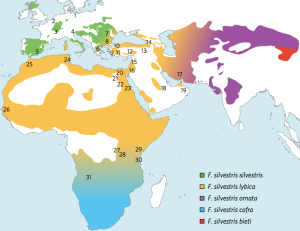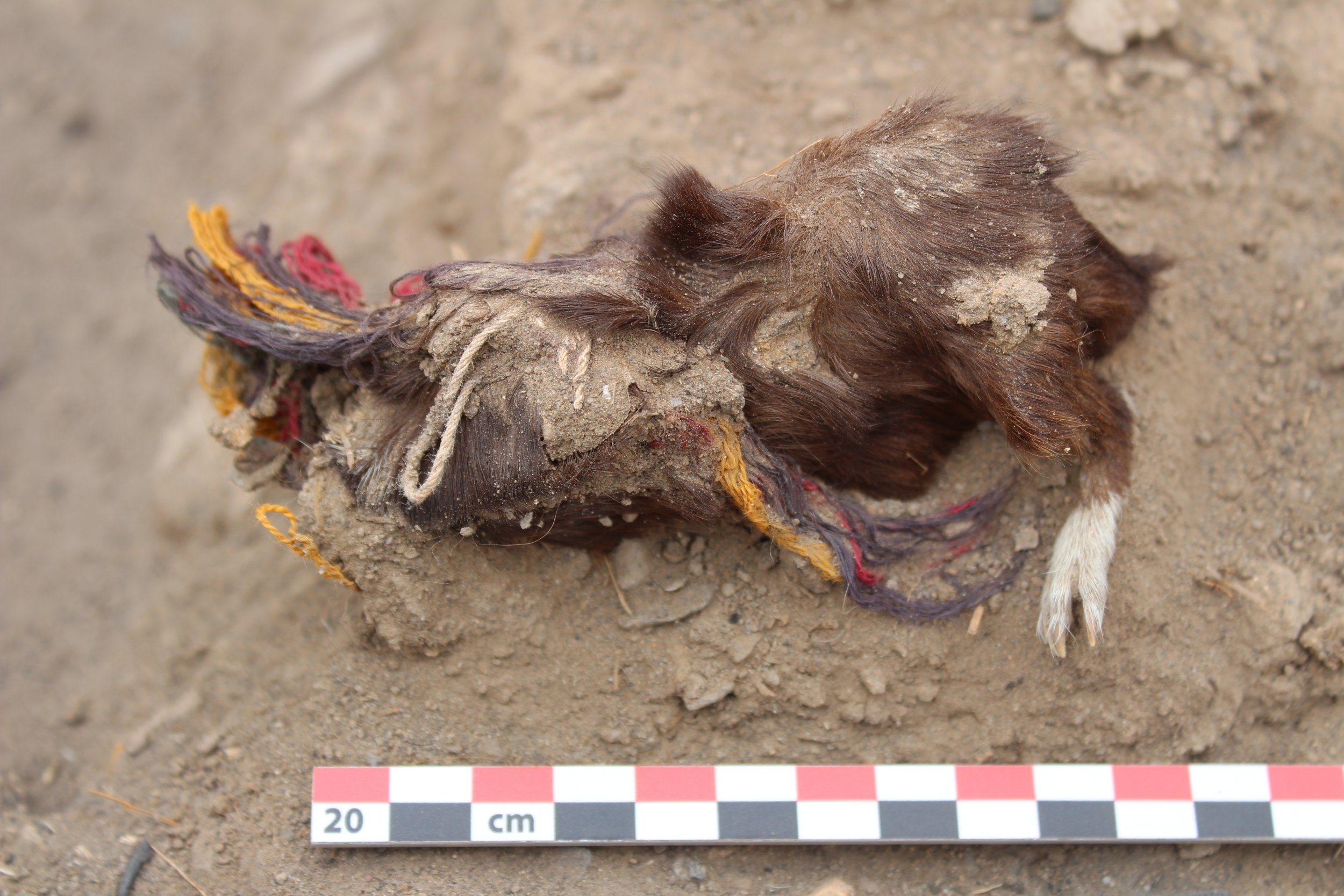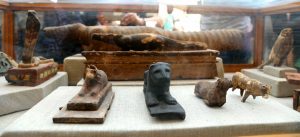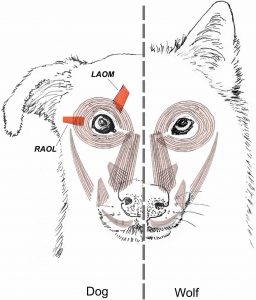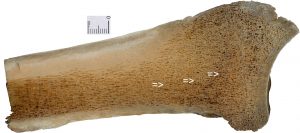Growing up in Massachusetts, I went on a field trip to the Quabbin reservoir in western Mass, when the leaves were just beginning to fall. We went to enjoy the beauty of the water and foliage, but were first given a picture book to read about its history. Thinking back, the gravity of the history didn’t dawn on us. Learning now about the impact the construction of the Catskills reservoirs had on residents, it does.
Due to rising water demand in the Boston area, construction began in 1938, when the Metropolitan District Water Supply Company acquired four towns: Dana, Enfield, Greenwich, and Prescott (Bourgault 2019). The Swift River Act of 1927 forced these towns’ residents to leave their homes (Ibid.). About 2,700 people were displaced and 7,163 bodies exhumed and reburied (Ibid). The MDWSC demolished the area’s buildings, built dams, and flooded it to create the reservoir, which holds 412 billion gallons of water (Ibid).
Now, much of the Quabbin watershed is accessible to the public for outdoor activities, has several trails, and a park (DCR Office of Watershed Management 2018). Dana, which lost the least land to the reservoir, is memorialized at its town common and registered as a National Historic Place (National Parks Service 2019). Over the years, former residents have worked to keep the memory of these towns alive. At the Quabbin Park Cemetery, where many of the exhumed now lay, they restore and maintain headstones, as well as hold a Memorial Day service in honor of both soldiers and those whose homes were sacrificed for the reservoir (Godfrey 2018).
Similarly, NYC created six reservoirs in the Catskills to respond to rising water demands. The reservoirs displaced 16 villages and 4,464 people, and now NYC labels the surrounding purchased plots as environmental protection and recreation land (Beisaw 2017). Yet this land is hard to find, littered, and treated by adjacent residents, many unaware of their history, as private property (Ibid.).
This comparison reveals another dimension to the process of ruination: how the ruiners treat the ruins, both physically and symbolically. In ruination, the cause of the destruction or decay doesn’t bother to clean it up, but in its own way, NYC has, by helping to erase these places from collective memory. The city has restricted access to much of the reservoirs’ surrounding land, and kept the public plots barely accessible. It has tried to make these ruins part of the natural landscape, void of historical significance. That is, effectively, an attempt at erasure, not just ruination.

Figure 4. The stone memorial at Dana Town Common, reading “to all those who sacrificed their homes and way of life”
Massachusetts has helped to preserve them, but by saying it was a “sacrifice” rather than a “taking”. By making the ruins accessible and by labeling Dana’s town common as a National Historic Place, they’ve curated the memory of the ruins that they created, something maybe stranger than hiding them. Whether it was an act of respect, or a retelling of history to be quaint rather than tragic, remains to be known.
References
Beisaw, April 2017 Ruined by the Thirst for Urban Prosperity: Contemporary Archaeology of City Water Systems. In: Contemporary Archaeology and the City: Creativity, Ruination, and Political Action, edited by Laura McAtackney and Krysta Ryzewski. Oxford Press. pp. 132-148.
Bourgault, Bethany 2019 Lost Towns of the Quabbin Reservoir. New England Living, June 26, 2019. https://newengland.com/today/living/new-england-history/lost-towns-quabbin-reservoir/, accessed November 9, 2019
DCR Office of Watershed Management 2018 Quabbin Reservoir Watershed System Public Access Policies – 2018. Electronic Document, https://www.mass.gov/doc/quabbin-reservoir-watershed-system-public-access-summary/download, accessed November 9, 2019
Godfrey, Paul 2018 Memorial Day Services at Quabbin Park Cemetery. Electronic Document, http://www.foquabbin.org/voices_vol31_num2.pdf, accessed November 9, 2019.
National Parks Service 2013 Dana Common Historic and Archaeological District. Electronic Document, https://nps.gov/nr/feature/places/13000052.htm, accessed November 9, 2019.
Images
Figure 1: https://www.recorder.com/Quabbin-Reservoir-is-Boston-s-water-source-10825829
Figure 2: https://newengland.com/today/living/new-england-history/lost-towns-quabbin-reservoir/
Figure 3: http://www.foquabbin.org/voices_vol32_num3.pdf
Figure 4: https://www.onlyinyourstate.com/massachusetts/underwater-ghost-town-ma/
Further Reading
Dana Common National Historic Place Registration Report: https://www.nps.gov/nr/feature/places/pdfs/13000052.pdf
Friends of Quabbin: http://www.foquabbin.org/
Letting Swift River Go: https://www.youtube.com/watch?v=N6xuQThv4t8
Lost Towns of the Quabbin: https://vitabrevis.americanancestors.org/2019/09/lost-towns-of-the-quabbin/








